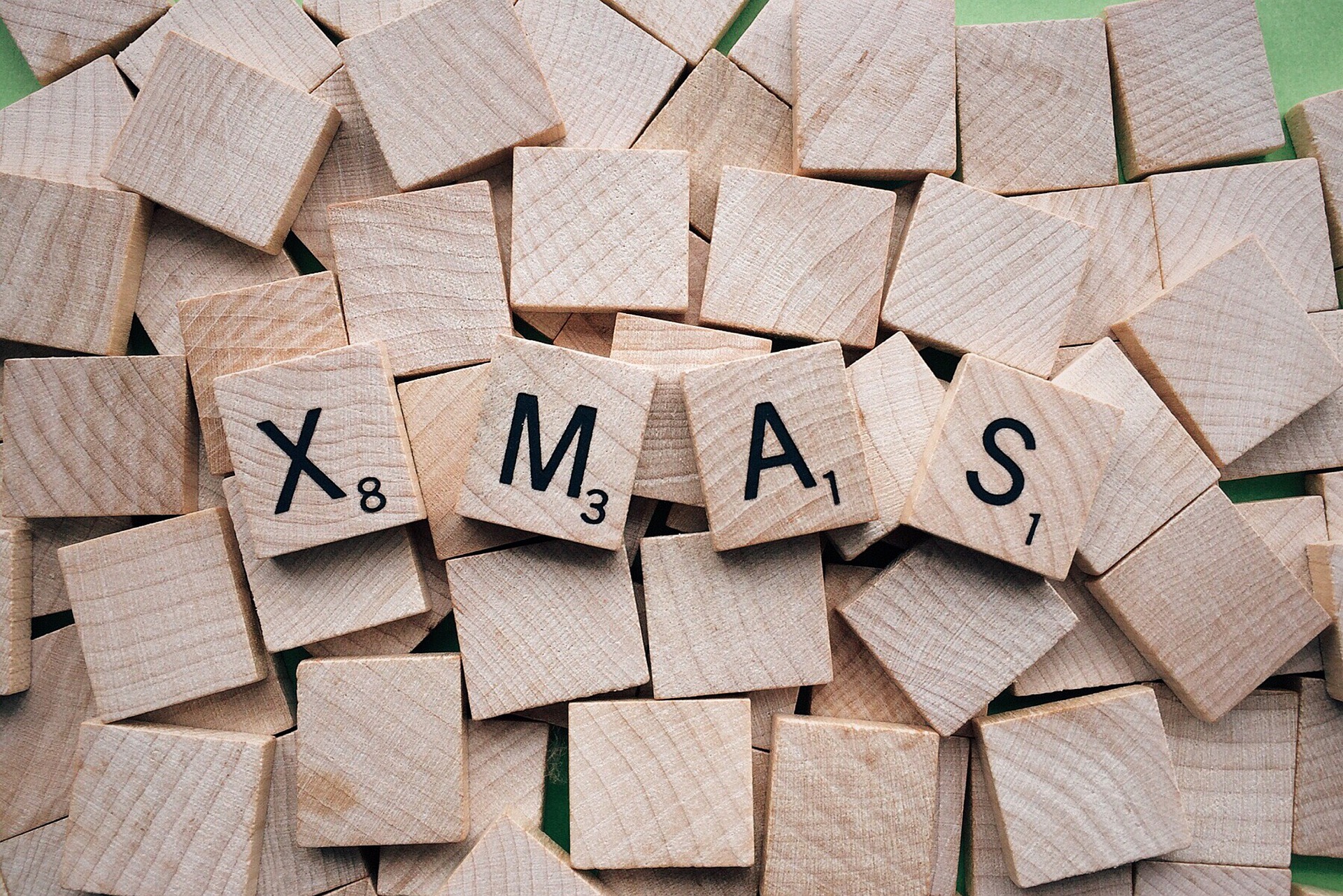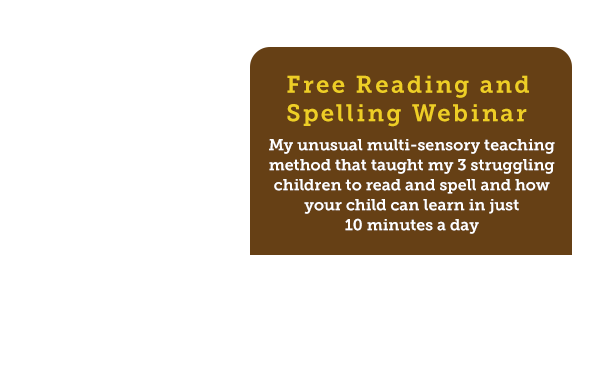Hi everyone, it’s Liz Dunoon here.
Today I’m going to show how to teach your child using phonics and the 46 sounds of the English language. Phonics is one of the most effective ‘free’ tools for teaching a child how to read from home.
As youngsters, my three children all experienced learning difficulties and I helped them to catch up at school and have great success. As a qualified teacher who specialises in learning difficulties and literacy, I have since helped 100’s of children to learn to read and spell from home.
Firstly, what is phonics… and what are the 46 sounds? Well the English language has 26 letters, but there are 46 sounds that those letters can make in words.
The 46 sounds never change, but the way that we spell them does.

There are more than 1200 different ways to spell the 46 sounds and that’s what makes the English language so confusing for beginning readers and to those people who are learning English as a second language.
Let me give you some examples. Here is the consonant sound “puh”. In the word ‘pen‘, “puh” is represented by the single letter ‘P’, but in the word ‘pepper’ it is represented by a double ‘pp’.
Let’s look at the consonant sound “guh”. In the word ‘gate’, “guh” is represented by a single ‘g’. In the word ‘egg’, “guh” is represented by a double ‘gg’. In the word ‘ghost’ it is represented by ‘gh’ and in the word ‘disguise’ it is represented by the letters ‘gu’.
Even trickier for struggling readers are the vowel sounds. There are multiple ways to spell them.
Let’s take the short vowel sound “e-“. In ‘egg’, it is a simple ‘e’. In ‘feather’, “e-“, is represented by the letters ‘ea’. In the word ‘many’, the single ‘a’ is now saying “e-“. In the word ‘said’, the ‘ai’ is now saying “e-“ and in the word ‘leopard’ it is the ‘eo’ that is saying ‘e-‘. There are even more spelling combinations for the short vowel sound “e-“, but I think you are starting to get the idea.
Why are there so many variations in how we spell the 46 sounds? Why does it have to be so confusing? Well, there are many reasons and nearly all of them relate to the history of the English language which has developed over many centuries.
There are many language influences like; Old English, Middle English, Latin and Germanic words.
Then there are spelling variations for homophones like be/bee and to/two and too.
Then we have even more spelling variations with words from other languages becoming common place, like ‘tsunami’ from the Japanese and ‘champagne’ from the French.
 Then there is also marketing and advertising gurus who make up new words all the time that break the spelling rules like ‘Qantas’ without a ‘u’ and ‘Weet-bix‘ with an ‘x’ instead of ‘cks’…
Then there is also marketing and advertising gurus who make up new words all the time that break the spelling rules like ‘Qantas’ without a ‘u’ and ‘Weet-bix‘ with an ‘x’ instead of ‘cks’…
And don’t forget texting ‘LOL’, ‘CU soon’ and our teenagers are constantly making up new words with new meanings, like “sic” meaning ‘great’…
And every day you have a complete melting pot that is the English language.
For now all you need to know is that there are 26 letters in the English language, that make 46 sounds and more than 1200 different ways, (and growing) to spell them.
If you like this video and post, please subscribe to my YouTube channel here.

If you want more information on how to teach your child to read and spell and to help your child catch up at school fast…. Join me on my free webinar by clicking here.

Now I want to ask you a question. Can you give me another word which English speakers use regularly that comes from another language? List your word in the comments below and tell us which language it comes from. Let’s see how many we can get.
Kind Regards,
Liz Dunoon



















